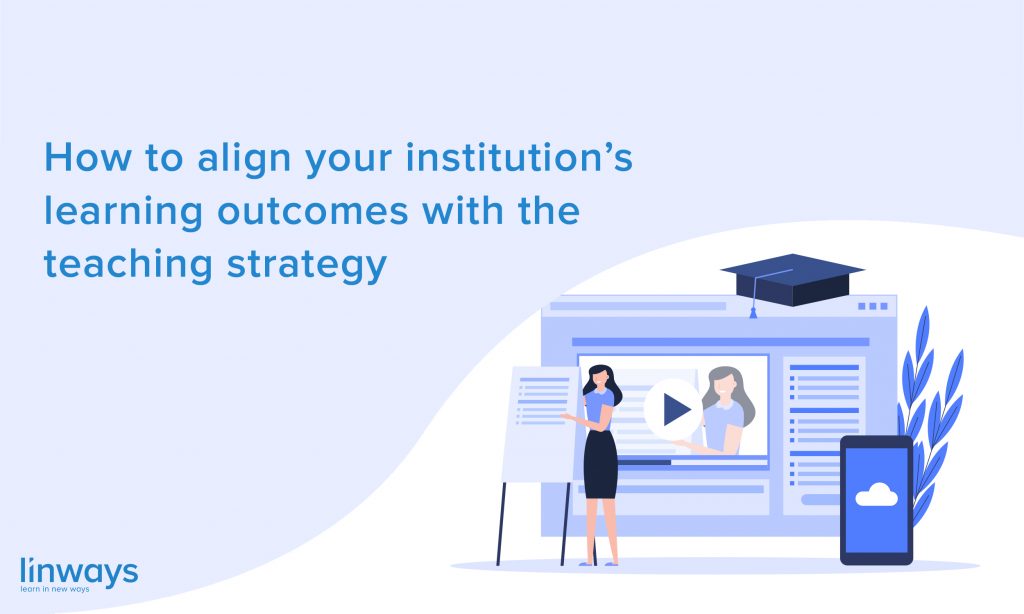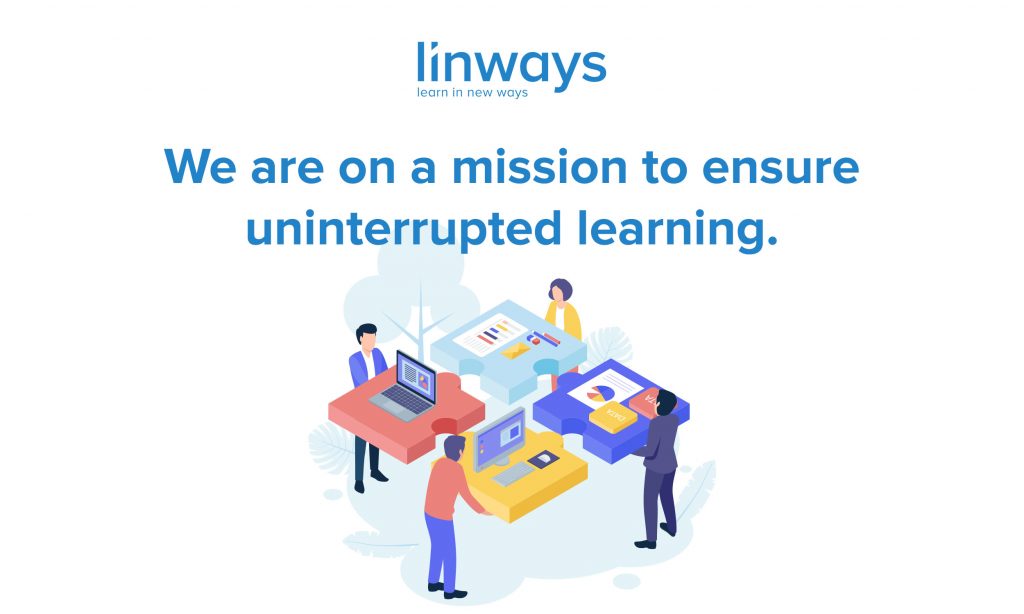
This article, as the name suggests, discusses some of the key elements to align your institution’s learning outcomes with the teaching strategy.
We have written a great deal about Outcome-Based Education, and how educational institutions, especially in higher education, are adapting to outcome-based strategies in many of our previous articles. Despite it’s growing popularity, OBE was always perceived to be difficult to practice, not because of the lack of resources, but because of it’s complexity. But platforms and tools like Linways LMS changed that. With growing research inputs and greater demand from the education industry, platforms like Linways LMS made it easy for teachers to adapt OBE and implement with intuitive workflows and adaptive features
What are the learning outcomes
A learning outcome is a clear statement of what a learner is expected to be able to do, know about and/or value at the completion of a unit of study, and how well they should be expected to achieve those outcomes. It states both the substance of learning and how its attainment is to be demonstrated
Every piece of assessment throughout the course is created to evaluate these outcomes and their attainment.
How does an institution set learning outcomes
Define the goals and skills you want the students to achieve based on the requirements that you have collected from stakeholders and the needs of the institution. There can be some major outcomes that will be measured over longer terms and then those are split into smaller outcomes that will help you measure their achievement rate in short terms so that you can improve and alter the teaching-learning methods along the way is needed. We have discussed more about this in articles about accreditation workflows.
How does teaching strategy come into play
The teaching strategy, whether it be regular lectures, or more advanced ones such as flip-class based group quiz, or blended learning, should always be defined with the context in mind. Teaching does not stop at transferring the knowledge, but also instills a learning culture and creates a perspective that takes the students further beyond the mere text in the coursewares
Aligning learning outcomes with teaching strategies.
Alignment is the connection between learning objectives, teaching techniques, learning activities, and assessment. An aligned course means that your learning objectives, teaching, activities, and assessments match up so students learn what you intend and you accurately assess what students are learning.
When we plan a course, it does not always go the way we plan. Sometimes our initial learning objectives do not reflect what we intend to teach or assess and they may not be realistic; activities that provide the best learning experiences may lead us to rethink our objectives or assessment methods; and feedback from assessments may show that, although students are learning, they may not have learned the objectives we originally intended.
It is okay to adjust objectives, activities, or assessments as you go. Just be sure to keep the connection between what you teach and assess as parallel as possible so students will progress toward the ultimate learning goals of the course.
An important consideration when designing a learning experience, course, or program is to ensure assessments and instructional strategies are aligned with the intended learning outcomes Creating an aligned design focus instructional strategies on the development of knowledge, skills, and values while providing formative feedback and preparing learners for formal assessment.
Select activities that will elicit actions related to the verbs in the learning outcomes. Choose or design strategies that allow your students to progress through a range of levels of complexity as they work towards achieving a deeper understanding in a particular area.
Curriculum mapping is a great way to align your teaching strategies with learning outcomes. Curriculum mapping may tell you that many graduate attributes or learning outcomes are already being developed, but not in an explicit way. Mapping can reveal such opportunities to align hose aspects of course in new or better ways, or to introduce new learning or assessment activities, and so on.
So that’s an introduction on how to align your teaching strategies with learning outcomes. Now that you have seen the basics we will move on to discuss the practical side in our next article. Meanwhile, please subscribe to our weekly newsletter to stay in the loop for the latest teaching-learning trends, learning theories, etc.
Also published on Medium.




